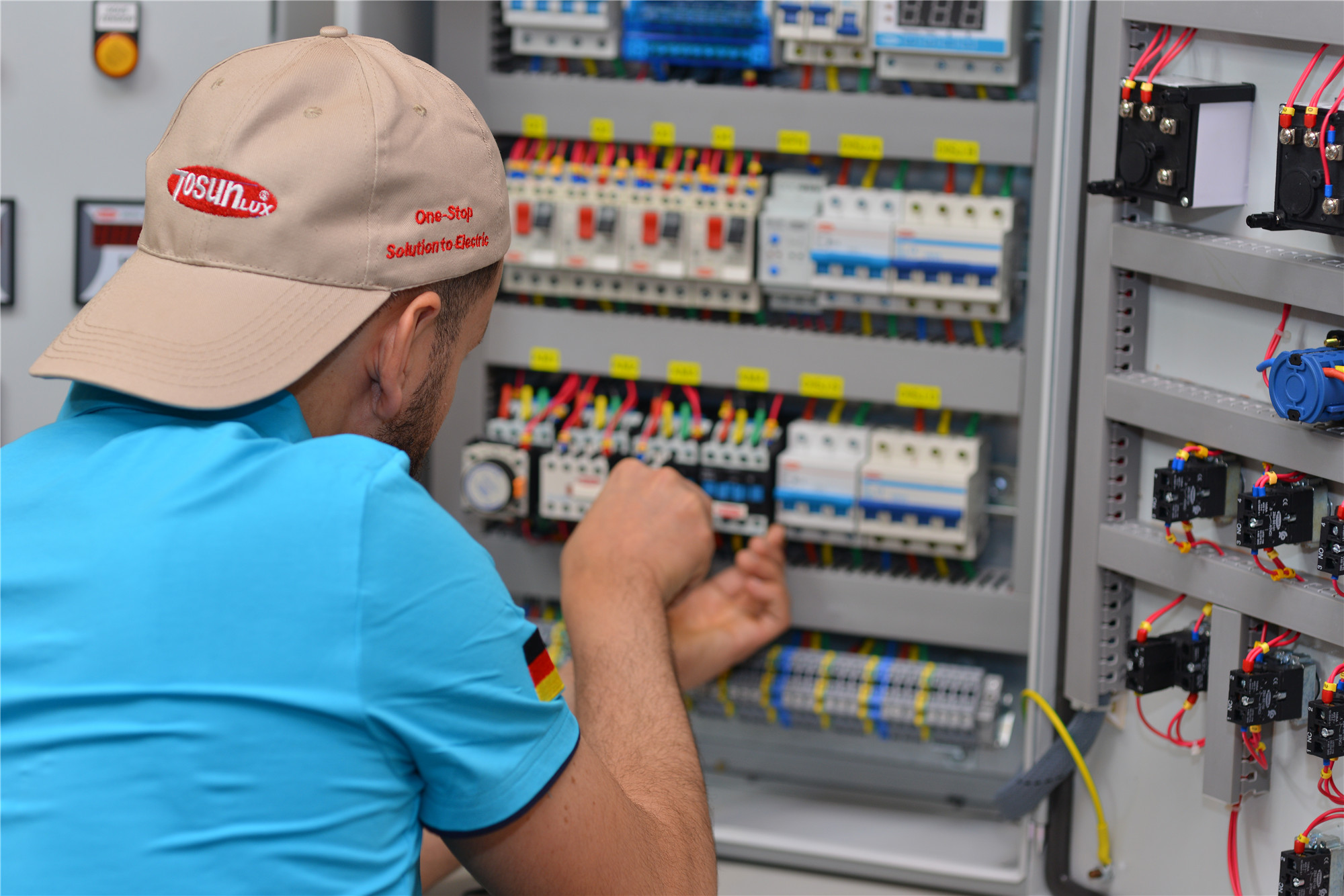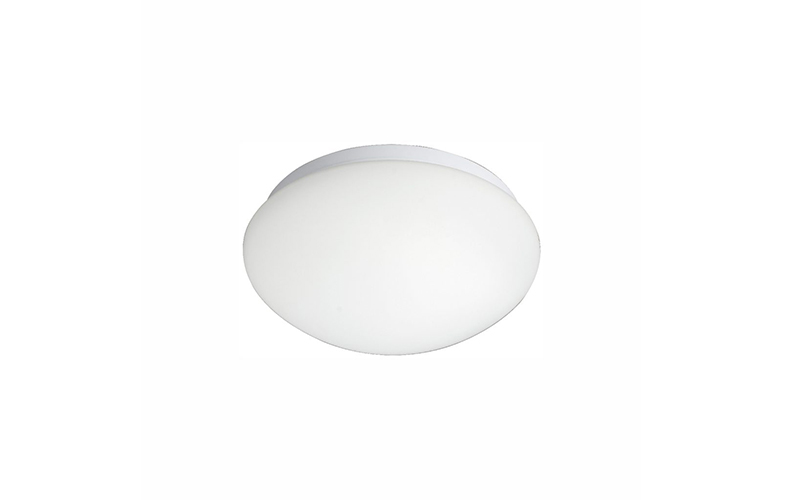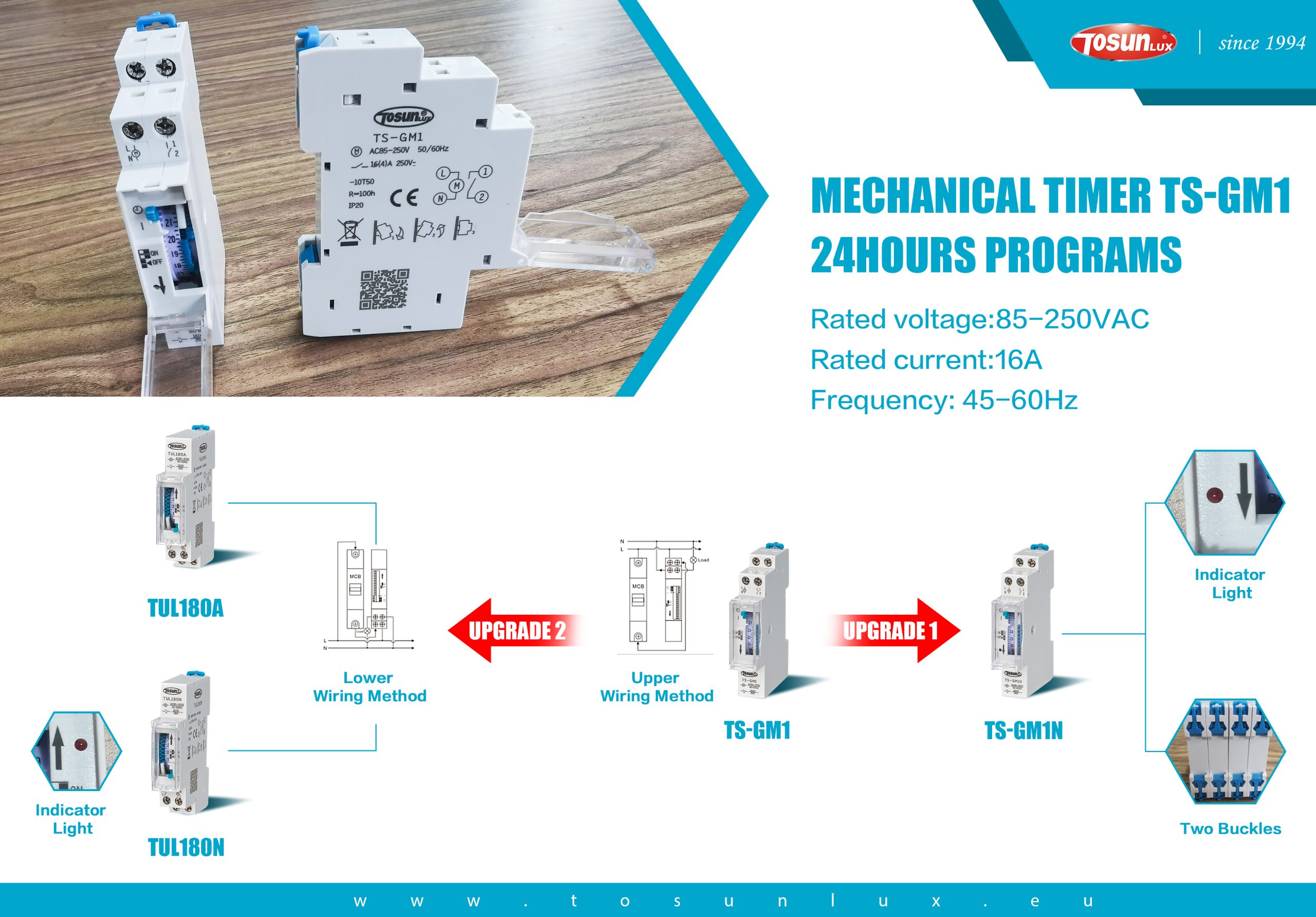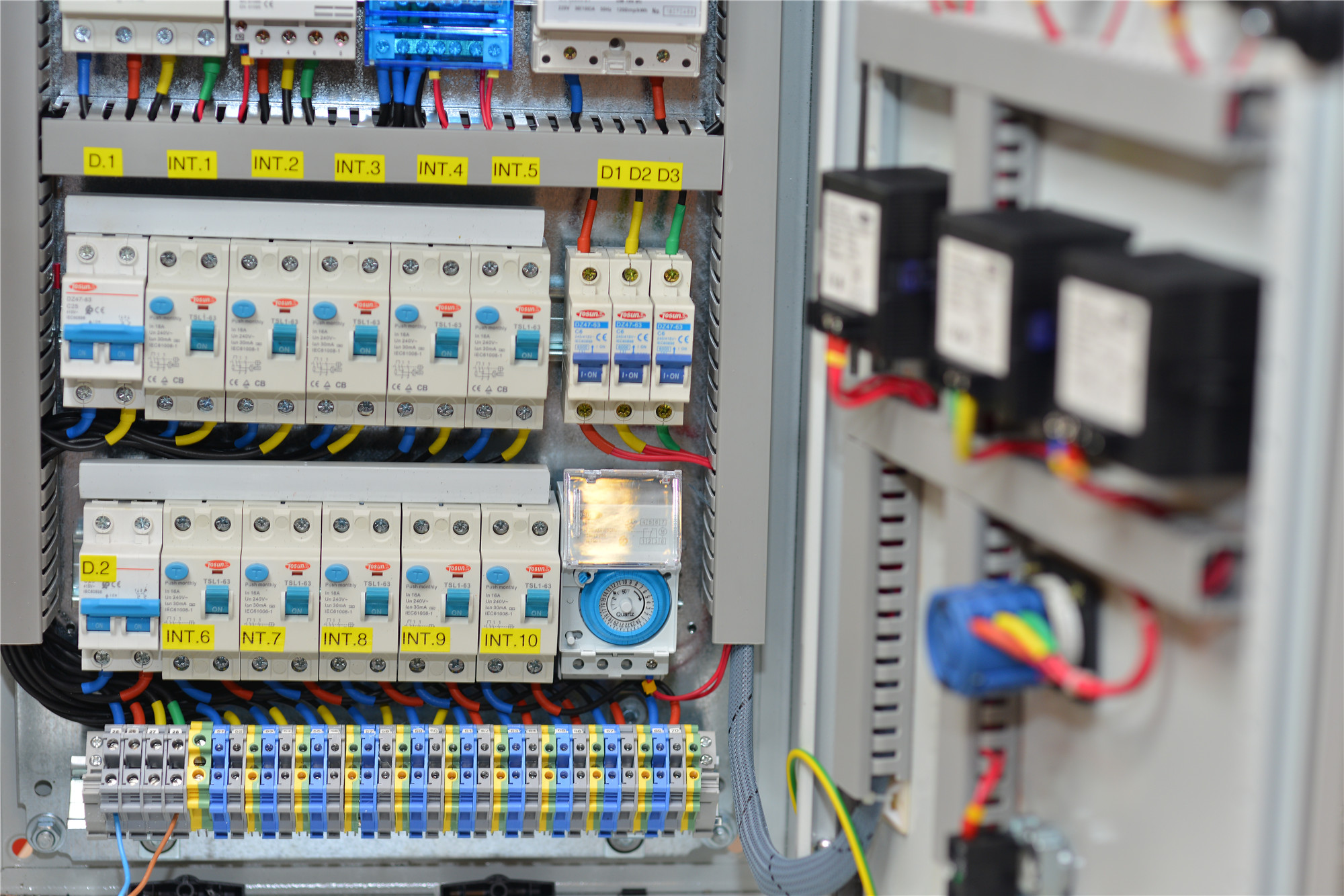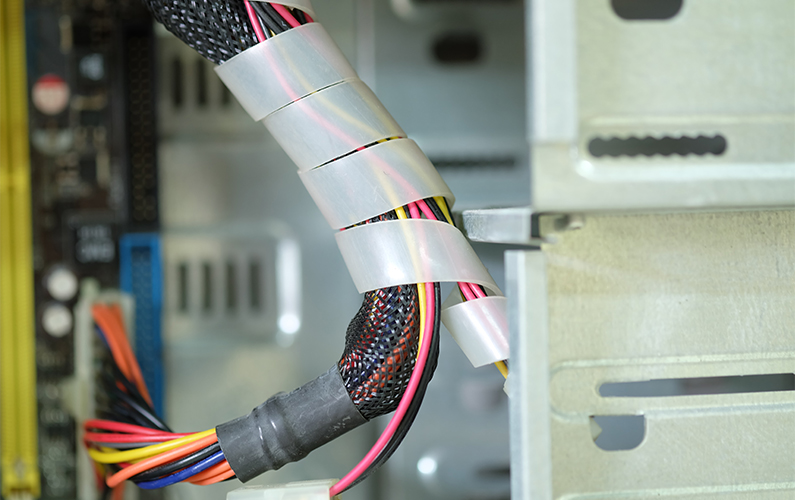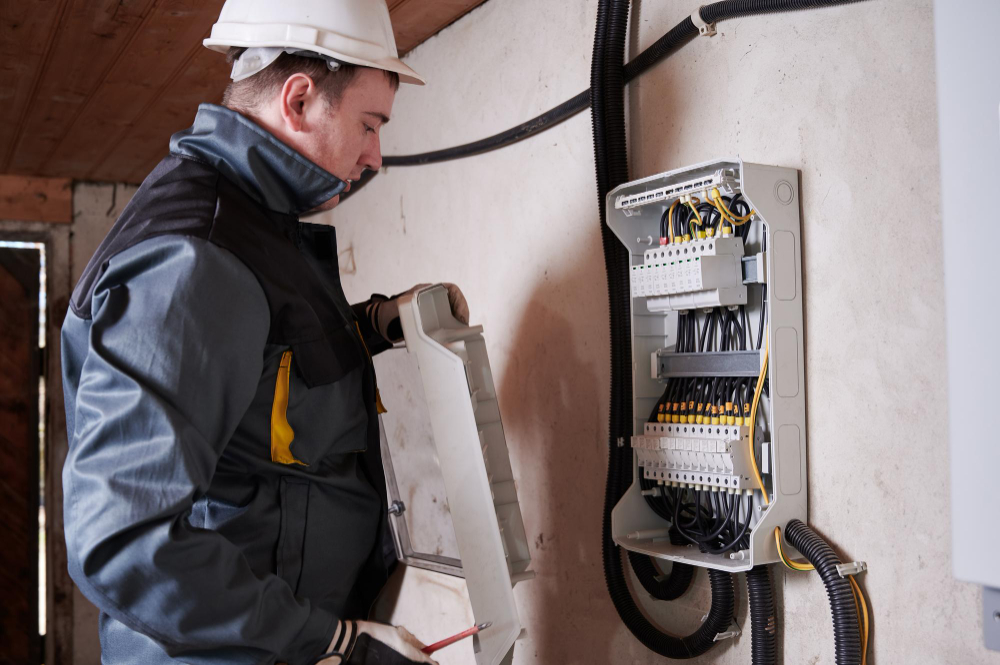Can You Manually Operate An Automatic Transfer Switch?
15th Feb 2024
The manual transfer switch is a simpler version of an automatic transfer switch. It is not as complex but requires someone to be present on-site to operate it. This kind of switch is more affordable, but it requires manual operation. Moreover, the switch does not switch from utility power to generator power automatically. If you have a generator, you need to manually start the generator, connect the generator to the transfer switch, and then turn off the generator. Manually operating an automatic transfer switch may be necessary in order to diagnose malfunctions in its mechanisms. It can test the emergency contact and resistance by manually shifting from Normal to Emergency. The manual switch should move smoothly and not bind when the source switch is removed for storage. If it is not, it needs deeper inspection and replacement parts. Checking its performance is a vital step in the maintenance process. If you want to know whether you can manually operate an automatic transfer switch, continue reading this article. Can You Manually Operate an Automatic Transfer Switch? If you’re looking for a better way to control the amount of electricity flowing into your home, you should consider installing an Automatic Transfer Switch. These devices transfer the electrical load from one power source to another in a matter of seconds, meaning that you don’t need to manually operate the device. Automatic Transfer Switches are built with the latest technologies, including automatic detection of power outages, which a manual transfer switch cannot do. The best thing is that you […]
Read More : +86-139 0587 7291
: +86-139 0587 7291 English
English Español
Español Русский
Русский Français
Français العربية
العربية Português do Brasil
Português do Brasil Українська
Українська Türkçe
Türkçe Polski
Polski Nederlands
Nederlands Italiano
Italiano Bahasa Indonesia
Bahasa Indonesia हिन्दी
हिन्दी اردو
اردو አማርኛ
አማርኛ Հայերեն
Հայերեն ไทย
ไทย Монгол
Монгол فارسی
فارسی Shqip
Shqip Ελληνικά
Ελληνικά
